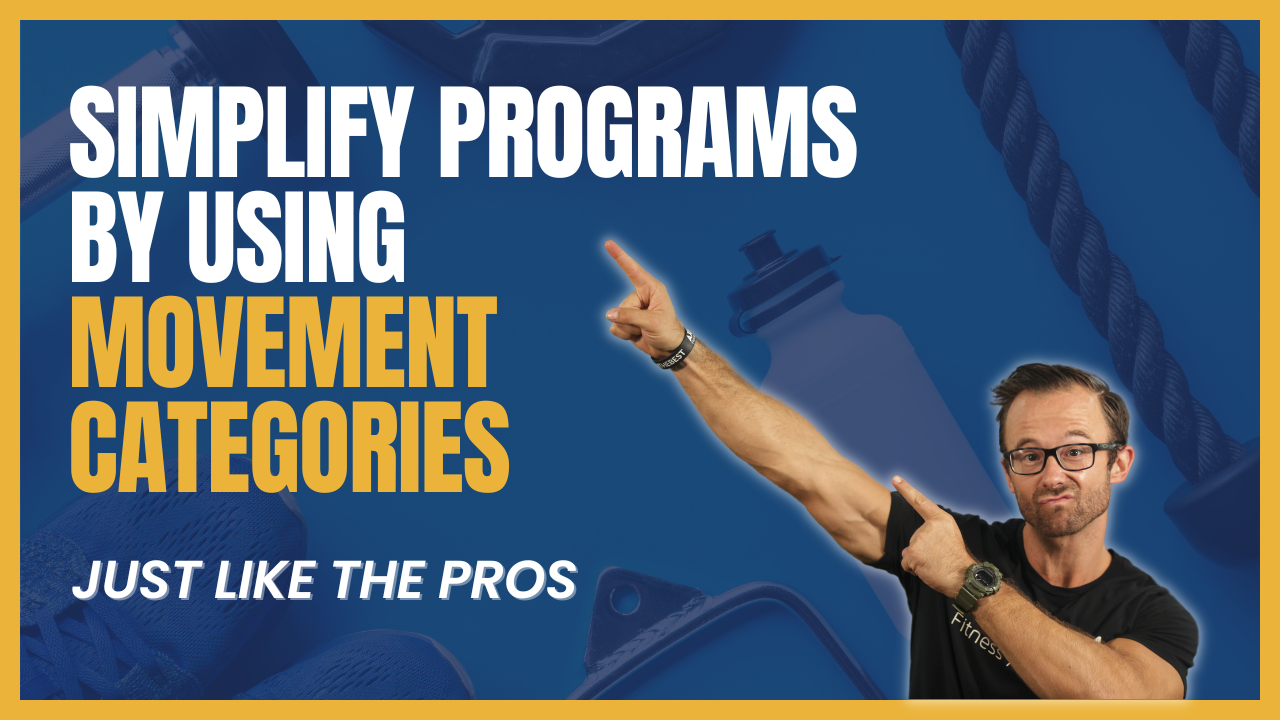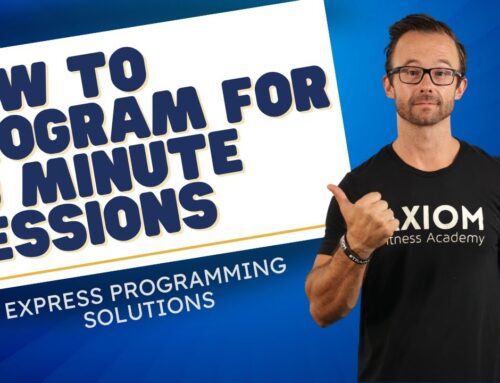
In the realm of personal training, the complexity of exercise programming can be both a challenge and a time sink for trainers at all levels. However, the adoption of movement categories as a method for organizing exercises can revolutionize the way trainers approach programming, leading to more effective sessions and happier clients. This strategy not only streamlines the planning process but also ensures a comprehensive and balanced workout. Let’s explore how integrating movement categories into your NASM programming can simplify client programming and enhance training outcomes.
The Foundation of Movement Categories
Streamlining Exercise Selection
Imagine having a systematic way to categorize the thousands of exercises at your disposal. By dividing exercises into distinct movement categories, such as squat, lunge, hinge, push, and pull, trainers can quickly identify the most appropriate exercises for each client’s needs. This method simplifies the decision-making process, allowing trainers to spend less time on programming and more time focusing on client interaction and coaching. According to a study published in the Journal of Physical Education and Sport, structured exercise programming leads to improved client satisfaction and outcomes.
Enhancing Program Effectiveness
By categorizing exercises based on the natural movements of the human body, trainers can ensure that each workout addresses all major movement patterns. This holistic approach promotes balanced muscle development and reduces the risk of injury. Research in the Journal of Strength and Conditioning Research highlights the importance of incorporating a variety of movement patterns in training programs to prevent overuse injuries and ensure overall musculoskeletal health.
Practical Implementation of Movement Categories
Creating Your Movement Library
The first step in utilizing movement categories is to develop your own library of exercises. This can be as simple as creating a spreadsheet with categories for squat, lunge, hinge, push, and pull exercises, along with variations for locomotion, rotation, and carries. Filling out this library with exercises you are familiar with sets the foundation for easy programming and future additions as you learn new movements.
Progressing with Purpose
The key to successful programming lies in the progression of exercises within each category. Start by listing exercises from simplest to most complex based on skill requirements, mobility demands, and technical difficulty. For example, a goblet squat may be an entry-level exercise within the squat category, progressing to more challenging variations like the back squat as the client’s ability improves. This structured approach to progression ensures clients are continually challenged and engaged in their training journey.
Leveraging Movement Categories for Diverse Client Goals
Tailoring Workouts to Individual Needs
Movement categories allow trainers to quickly adapt workouts to meet the diverse goals and capabilities of their clients. Whether focusing on fat loss, strength gain, or athletic performance, trainers can select exercises from each category to design balanced and effective sessions. Incorporating movement categories into NASM programming ensures that clients receive a well-rounded training experience tailored to their specific objectives.
Enhancing Long-Term Client Development
The strategic progression through movement categories not only facilitates immediate workout planning but also lays the groundwork for long-term client development. By systematically advancing clients through more complex exercises within each category, trainers can foster continuous improvement and prevent plateaus. This methodical approach to programming supports sustained progress and keeps clients motivated and engaged over time.
Conclusion
Integrating movement categories into personal training programming offers a streamlined, effective way to organize exercises and design comprehensive workouts. This approach simplifies the programming process, allowing trainers to focus on delivering high-quality, personalized training sessions that meet the unique needs of each client. By adopting movement categories, trainers can enhance their programming efficiency, improve client outcomes, and foster long-term development, ultimately elevating their personal training practice.
————————————–
In this video, Axiom Instructor Joe Drake shares the solution that the best trainers use to create programs for their clients quickly and easily.
Want to grab our free study guide?
Click here: http://axiomfitnessacademy.com/study-guide-download






